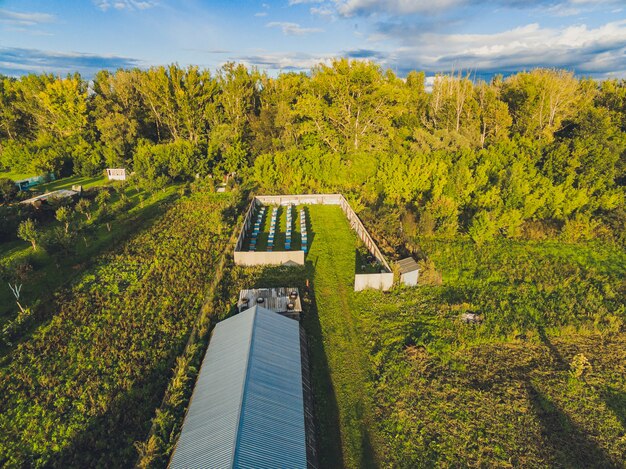Understanding Green Roofs: The Eco-Friendly Roofing Solution
Imagine a garden bursting with flowers, herbs, and even trees—not on a balcony or in a backyard, but on the rooftop of an urban building. This isn't a scene from a futuristic novel, but a growing reality known as green roofs. These living, breathing extensions of nature provide beauty and practicality by transforming barren rooftops into lush, green spaces. But what exactly is a green roof, and why are more cities adopting this innovative solution?
What Is a Green Roof?
A green roof—also called a vegetative or eco-roof—is a roof covered with layers of vegetation planted over a waterproofing membrane. These roofs can vary in complexity and depth, ranging from "extensive" systems with a few layers of vegetation and minimal maintenance to "intensive" systems that incorporate deeper soil layers and larger plants, sometimes resembling full-fledged parks at great heights.
Key Benefits of Green Roofs
The allure of green roofs isn’t just aesthetic. Here’s why they’re sprouting up across urban landscapes:
Environmental Impact: Green roofs help mitigate the "urban heat island" effect, where cities become significantly warmer due to human activities. By cooling and cleaning the air, green roofs can reduce a building's energy costs, especially in the sweltering summer months.
Stormwater Management: These roofs absorb rainfall, reducing runoff and the risk of urban flooding, easing the load on sewer systems, and promoting sustainability.
Biodiversity: Providing a habitat for various species, green roofs support local ecology by attracting birds, butterflies, and beneficial insects.
Aesthetic and Recreational Value: A lush green roof offers a serene retreat from the hustle and bustle below, enhancing urban living spaces and increasing property value.
Noise Reduction: The vegetation and soil layers also act as a sound barrier, insulating against noise pollution.
Economic Considerations and Government Support
The initial cost of installing a green roof might be higher than traditional roofing, but the long-term benefits often outweigh the investment. These can include savings on energy bills, reduced taxes, and increased property value. To encourage more adoption, governments across the globe are offering financial incentives, grants, and tax breaks for green roof projects.
For instance, many cities have set up rebate programs where building owners can claim back a portion of the installation costs. Furthermore, some areas provide educational grants aimed at training professionals in sustainable roof design and installation, growing the market and skill pool needed for widespread implementation.
But what if the upfront costs still seem daunting? Consider exploring state-sponsored credit or loan options designed for eco-friendly building upgrades. These programs often have favorable interest rates, making it easier for businesses and homeowners to integrate this green solution without financial hassles.
Navigating Financial Tools for Green Roof Installation
As with any home improvement project, understanding the available financial support can help you realize the vision of a sustainable future. Here’s a concise guide:
- 💰 Government Rebate Programs: Look for local and national programs offering partial rebates for green roof installations.
- 📈 Eco-friendly Loans and Credit: Explore special financing options with reduced interest rates specifically for sustainability projects.
- 🌱 Environmental Grants: Apply for grants dedicated to boosting green infrastructure in urban environments.
- 🌍 Tax Incentives: Check eligibility for tax breaks that reward property owners for incorporating eco-friendly innovations.
In wrapping up, as urban areas continue to grow, adopting solutions like green roofs is not just a trend—it's a vital step towards a more sustainable, resilient future. Through financial aid and strategic investment, transforming concrete jungles into verdant paradises is not only possible; it’s a choice that offers tremendous ecological, economic, and social returns.
